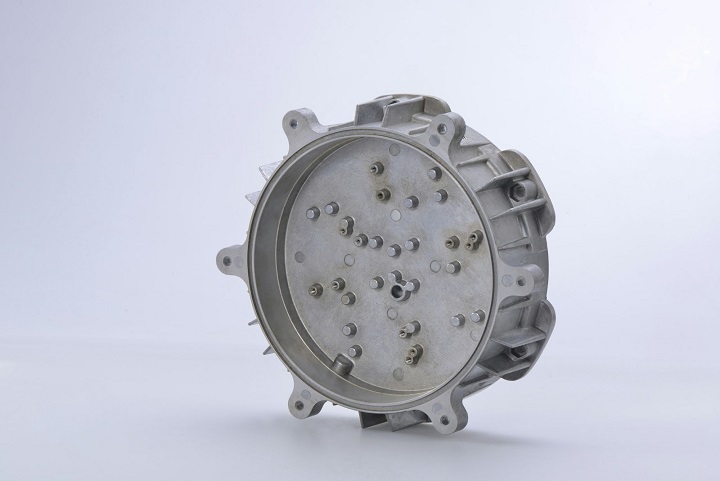Digital mold creation is a key advancement in manufacturing, utilizing modern technology to improve precision, efficiency, and creativity. It has helped to make intricate designs and make it highly efficient and productive at the same time.
Many different companies communicate with the business and ensure that the mold-making is done according to their instructions. This disruptive technique incorporates digital tools and procedures with traditional mold-making practices, providing significant advantages that will transform the industry. Further, the blog will thoroughly analyze the impact of digital mold making on manufacturing.
What Is The Impact Of Digital Mold Making On Manufacturing?
One of the biggest impacts of digital mold making is high accuracy and precision. CAD (Computer-Aided Design) and CAM (Computer-Aided Manufacturing) are some of the techniques through which the high accuracy is achieved. You should reach out to china mold maker to get accurate mold manufacturing services.
Reduced Lead Times
Digital mold creation minimizes lead times by streamlining the design and manufacturing processes. When the lead procedure is easier, the chances of a fault are reduced.
Traditional mold-making processes can involve lengthy and difficult steps, but digital techniques enable rapid prototyping and shorter production cycles. This way, a large quantity of products can be delivered in a short period of time. This adaptability enables producers to respond swiftly to market demands and shorten the time-to-market for new products. They can follow the trends and, accordingly, produce their products.
Increased Flexibility and Customization
Digital mold creation provides exceptional versatility, allowing for simple changes and revisions to mold designs. Customization in today’s world helps businesses provide personalization. This functionality is especially useful for custom and low-volume production runs, when changes are frequently required.
You can easily improvise the product design and ensure high accuracy. Manufacturers may swiftly react to design iterations, meet client needs, and create new product designs. They have creative freedom now and can work accordingly.
Cost Reduction
Digital mold building has the potential to dramatically reduce production costs by decreasing errors and waste. There are fewer chances of any fault, and this way the resources are managed. Furthermore, the efficiency of digital operations lowers labor costs and eliminates the need for costly manual interventions.
You can have precision in your work through the human mind and machinery. This way, you can allocate your remaining funds to the other important operations.
Improved Product Quality
Digital molds are accurate and consistent, ensuring high-quality final products. The companies get high-quality products, which they can offer to consumers.
Reduced human error and the capacity to digitally simulate and test molds before production improve product reliability and performance. The probability of high product quality increases due to the use of digital techniques.
Conclusion
Digital mold making is helping many industries, like health, which requires precision in products and ensures that they have high quality. The influence of digital mold making on production is revolutionary, resulting in increased precision, efficiency, cost-effectiveness, and sustainability. As these technologies evolve, their impact on the industry is projected to increase, encouraging increased innovation and competitiveness.








